These days we hear lots of different products and practices referred to as “organic”. What does this term mean, and how is it correctly applied to gardening? In this article, we will define basic organic gardening for beginners and provide some practical tips to help you get started on your own organic gardening venture. Read on to learn more.
What is organic?
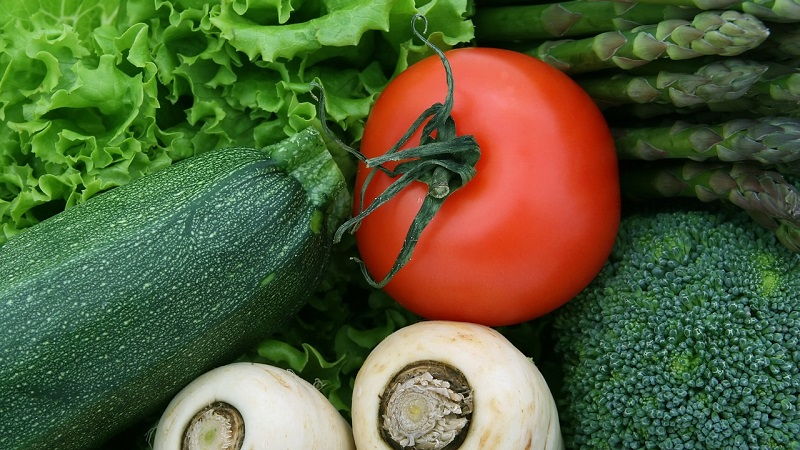 In the simplest of terms, when you grow fruits and vegetables organically you are growing them without the use of commercial , chemical pesticides, herbicides fertilisers and the like.
In the simplest of terms, when you grow fruits and vegetables organically you are growing them without the use of commercial , chemical pesticides, herbicides fertilisers and the like.
While this is one very basic definition of organic gardening, the truth is that if you really want to create produce that is absolutely organically grown, you must also make efforts to understand the natural environment that surrounds you and to work in harmony with it.
When you make this effort, you can have a truly successful experience because you can engage the cooperation and assistance of beneficial fauna and make good use of smart practices such as companion planting.
Practising this sort of organic gardening can be very satisfying and enjoyable. It is good for you, your immediate environment, the environment in general and anyone who has the pleasure and privilege of enjoying the fresh fruits and veggies that you produce in your garden.
Who made sustainable organic gardening popular?
It could be said that sustainable organic gardening has never been “made popular” – in times gone by it was literally the only way our forebears could survive!
But in recent time organic gardening has become something of a forgotten art; an increasing population needing food, the advent of machinery and chemical herbicides has meant that, as a race, we have moved away from traditional gardening methods.
However, it is enjoying a huge revival thanks to people becoming more sustainably minded, and wanting to move away from chemical pesticides, herbicides and fertilisers.
There are a great many well known gardeners who have reclaimed sustainable organic gardening from the compost heap, as it were (apart from those allotmenteers and back garden enthusiasts who have kept it going for years without a second thought) Patrick Whitefield.
For those interested in following influential gardeners of our time, here is a link to a multinational site that lists some of the top blogs from the UK and non-UK gardeners.
What exactly is involved in organic gardening?
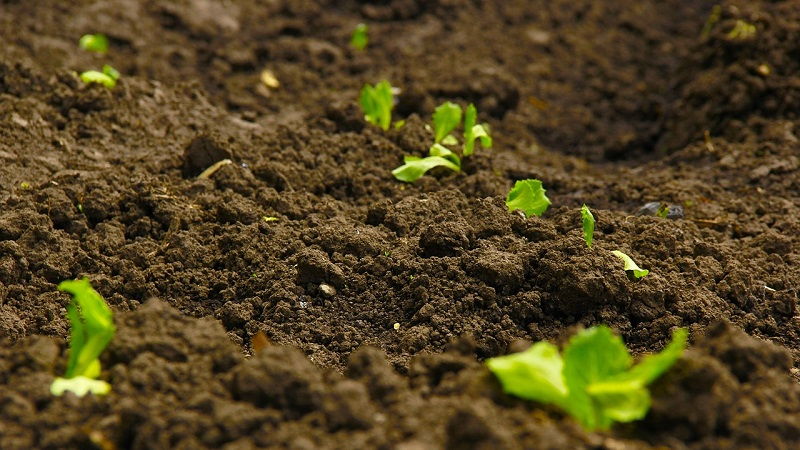 For the most successful organic garden, you should begin by observing the processes of nature in your own backyard. You should then take steps to emulate those processes throughout your garden setting so that your own efforts mesh seamlessly with your ambient environment.
For the most successful organic garden, you should begin by observing the processes of nature in your own backyard. You should then take steps to emulate those processes throughout your garden setting so that your own efforts mesh seamlessly with your ambient environment.
Begin by understanding the type of soil you have in place. You must test the soil to find out if it is acidic or alkaline. You must become familiar with its makeup to know whether or not you have a greater percentage of sand, clay or loam.
Once you have a complete understanding of the makeup of your soil, you can amend it to create the best possible garden soil for your setting. All of this can be done naturally without the use of chemicals or commercially purchased products.
When you treat your soil properly, you can balance pH levels, restore lost nutritional value and improve aeration. These are absolutely necessary steps towards growing strong, healthy, productive plants. Begin by purchasing a soil testing kit from your local nursery.
Test various areas of your garden to get an idea of what you have to work with. Armed with results, you can consult your local nursery professional or conduct your own research online to determine the steps you need to take to properly amend your soil.
How do you amend soil?
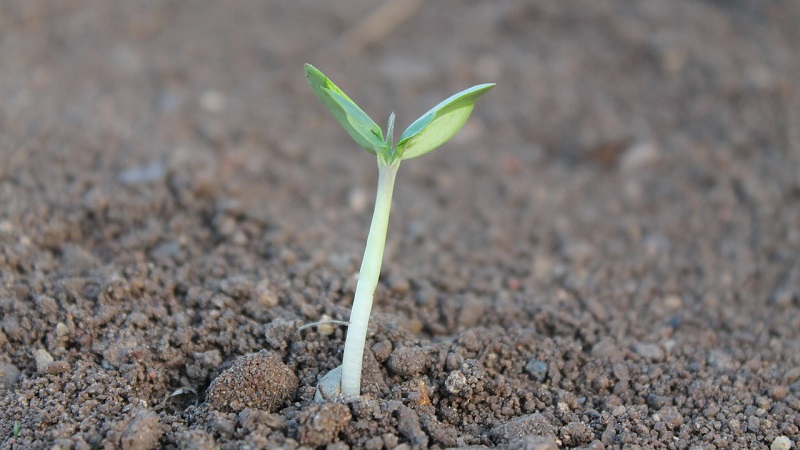 Some common methods of soil amendment include adding organic compost and/or growing cover crops (a.k.a. “green manure”). These are crops that you plant for the sole purpose of tilling them back into the soil for nourishment and nutrition. Whether you use prepared compost or green manure, the end result will be far more crop-friendly soil.
Some common methods of soil amendment include adding organic compost and/or growing cover crops (a.k.a. “green manure”). These are crops that you plant for the sole purpose of tilling them back into the soil for nourishment and nutrition. Whether you use prepared compost or green manure, the end result will be far more crop-friendly soil.
After amending your soil, you should also add a good layer of mulch to hold in moisture and nourishment, deter the growth of weeds and continue providing a steady stream of nutrients to your soil.
Recent information indicates that the very best mulch you can use is compost in process. This is a great way to get double duty from your compost. At the end of the growing season, you can simply till your mulch into the soil continue amending and feeding your garden bed.
What is compost?
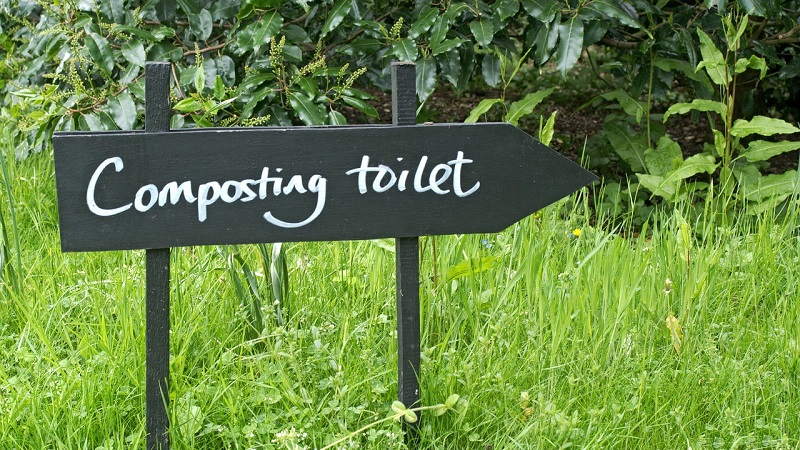 Compost is created by the decomposition of well aerated organic matter. You can source this organic matter from your garden in the form of shredded leaves (use your shredder), plant waste and grass clippings. Your kitchen is also an excellent source of ingredients for your compost heap or bin. Scraps such as:
Compost is created by the decomposition of well aerated organic matter. You can source this organic matter from your garden in the form of shredded leaves (use your shredder), plant waste and grass clippings. Your kitchen is also an excellent source of ingredients for your compost heap or bin. Scraps such as:
- Fruit and veggie scraps
- Coffee grounds
- Tea leaves
- Eggshells
All of these make excellent additions to your compost.
If you have a source for barnyard manure from horses, cattle, sheep, goats, rabbits, chickens or other fowl this is also an excellent addition to your compost heap. Be advised that you should not add cat or dog droppings, meat or dairy scraps. These can introduce unwanted pathogens to your compost pile. Additionally, they may attract pests.
When you add healthy, well-prepared compost to your garden in the form of working mulch and soil amendment, your fruits and veggies should get all the nourishment they need. Good compost can eliminate the need for commercially prepared chemical fertilizers and amendments.
Plant selection is important
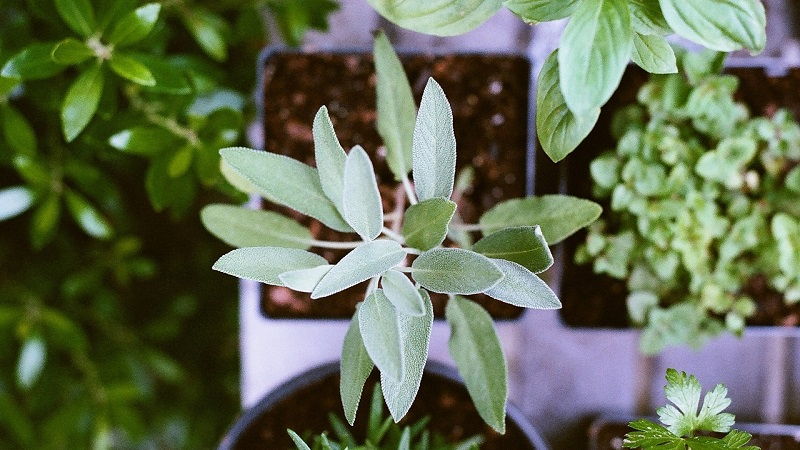 Although composting is extremely important to creating a healthy and successful organic garden you should also understand that you must choose the right plants for your setting. When you make your plant selections be sure to choose plants that have been adapted to grow well to your region.
Although composting is extremely important to creating a healthy and successful organic garden you should also understand that you must choose the right plants for your setting. When you make your plant selections be sure to choose plants that have been adapted to grow well to your region.
You can find out which plants are best suited to your setting by consulting your local nursery owner. You may also wish to join local gardening clubs to talk with other gardeners about what does best in their gardens.
This is a great way to get good tips from people who know how to grow successful veggie gardens in your climate. When you belong to a local garden club, you also will have easy access to high-quality seedlings and seeds that are proven to do well in your area.
Begin with a good plan
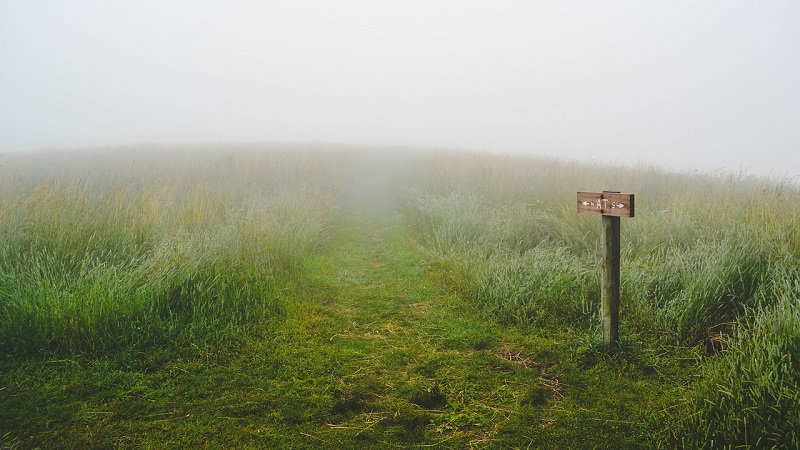 Planning is very important, and it is the result of good observation. As noted earlier, you should begin your organic garden venture by simply studying the space where you wish to plant. Before you ever turn a spade full of soil, you should get your plan for your garden down on paper.
Planning is very important, and it is the result of good observation. As noted earlier, you should begin your organic garden venture by simply studying the space where you wish to plant. Before you ever turn a spade full of soil, you should get your plan for your garden down on paper.
Study and think about the area that you have to work with and devise a series of small beds that will enhance the appearance of your setting. Begin by choosing a sunny setting that has good drainage. Your organic garden will need at least 6 to 8 hours of full sun a day. You should not set it up in a low area where water is likely to stand.
If you are limited in your choices and do not have an elevated area, you can always turn to raised bed gardening. In fact, this is a good idea in almost any setting as raised beds reduce the amount of labour involved in gardening and generally produce better results than industrial style row gardening.
What is raised bed gardening?
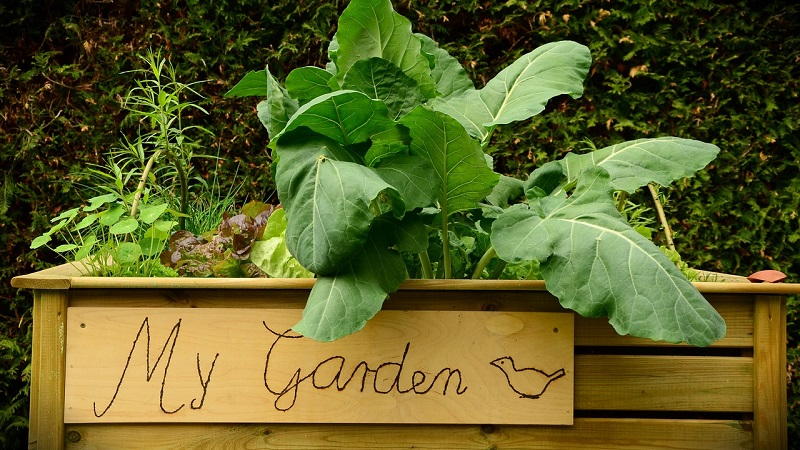 Raised bed gardening is actually a very ancient method of gardening that has been used since the times of Babylon. It is a way of separating and planning the areas of your garden to make them more attractive, more easily accessible and more productive.
Raised bed gardening is actually a very ancient method of gardening that has been used since the times of Babylon. It is a way of separating and planning the areas of your garden to make them more attractive, more easily accessible and more productive.
If you only have a very small area to work with you may wish to have a single raised bed or even a very large container or series of containers. Whichever you choose, it should be of a manageable size.
Your raised beds or containers should be no wider than 3 or 4 feet across. In this way, you will be able to reach all of the plants that you have without having to tread upon your garden soil. Walking on the soil compacts it and negatively impacts aeration.
Think outside of the box!
Your garden does not have to be a square or rectangle. Look at the lay of the land and plan accordingly. You can create your raised bed garden plots with sides made of stone, brick or other materials that you can place in circular, semicircular, octagonal or other shapes that are pleasing and that blend in beautifully with your landscape.
Make it convenient
If you’re planting a kitchen garden, put it close to your kitchen! Be sure that no matter what kind of garden you have it is near a water source. You may even wish to include a water feature in the center of your garden for aesthetic effect as well as convenience.
Raised beds provide many advantages
In addition to being more attractive and more successful than row gardening, you’re sure to find that raised beds are easier to care for. You can make your raised bed of any height that appeals to you and makes your garden easier for you to access.
Keep in mind that it should be at least 1 foot to 18 inches high. This will provide ample soil for your plant roots to grow successfully. It will also help you work with your garden far more easily.
Another benefit of raised bed gardening is that you can custom design the soil. You don’t need to worry about the composition of the native soil because you can create exactly the soil you need for the plants you want.
When compared with row gardening, raised bed gardening involves far less backbreaking labour from start to finish. Setting it up is easy as you can begin by simply mowing the area you have in mind very, very closely and covering it with a thick layer of landscape fabric, cardboard and/or newspaper. Covering the existing soil helps block out the incursion of grass and weeds.
Once you have your base in place, you can set up your enclosure. Good materials for this purpose include:
- Landscape timbers
- Cinder blocks
- Straw bales
- Bricks
- Stone
Your imagination is really your only limitation in this respect.
With your base and walls in place, you can fill your raised bed with excellent prepared soil. Alternately, you can begin a season early by simply using your raised bed garden your composting area. Fill it with composting materials and turn it frequently with a pitchfork or garden fork to keep it aerated and encourage good decomposition. You can begin this project in the early fall and expect to have good garden soil by the springtime.
Companion planting enhances the appearance and productivity of your garden
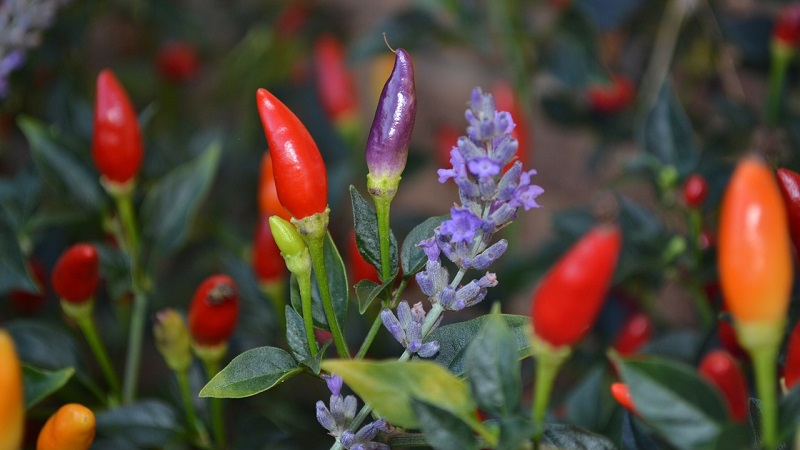 In addition to planning for ease of care, you should also plan for the appearance of your garden. Think about companion plantings that will add both aesthetic and visual interest and enhance the productivity of your fruit and veggie garden.
In addition to planning for ease of care, you should also plan for the appearance of your garden. Think about companion plantings that will add both aesthetic and visual interest and enhance the productivity of your fruit and veggie garden.
For example, planting basil amongst your tomatoes, eggplant and other hemlock – related veggies encourages them to greater productivity. Simultaneously, basil is beautiful, aromatic and very tasty. It is an excellent and smart addition to your organic garden.
Other plants that support one another and create whimsical, visual interest when planted together include squash, corn and beans. This combination is known as “The Three Sisters” in Native American folklore.
These three veggies make perfect companion plants because the corn provides a growing trellis for the beans and the squash provides good groundcover for both. When you plant these three together, you have a winning, attractive combination.
A number of ornamental plants act as deterrents to pests. For example, marigolds are well known to repel a wide variety of garden pests. Planting them as companions throughout your garden is a good idea.
Get double duty from your trellises
 Beans are not the only veggies that need support. While squash can make an excellent ground cover to help hold moisture into the soil, sometimes you may want to save ground space by training squash to climb. Your tomato plants will also need trellises or cages to help them stand upright.
Beans are not the only veggies that need support. While squash can make an excellent ground cover to help hold moisture into the soil, sometimes you may want to save ground space by training squash to climb. Your tomato plants will also need trellises or cages to help them stand upright.
You can create attractive trellises and other types of support that can also help provide your garden setting with a bit of privacy. Depending upon your setting, budget and personal preferences you might choose to erect:
- A stationary gazebo
- A traditional trellis
- A bamboo teepee
Your imagination and resources are your only limitation in the types of support you can provide for your climbing and trailing plants.
Keep pests and weeds at bay naturally
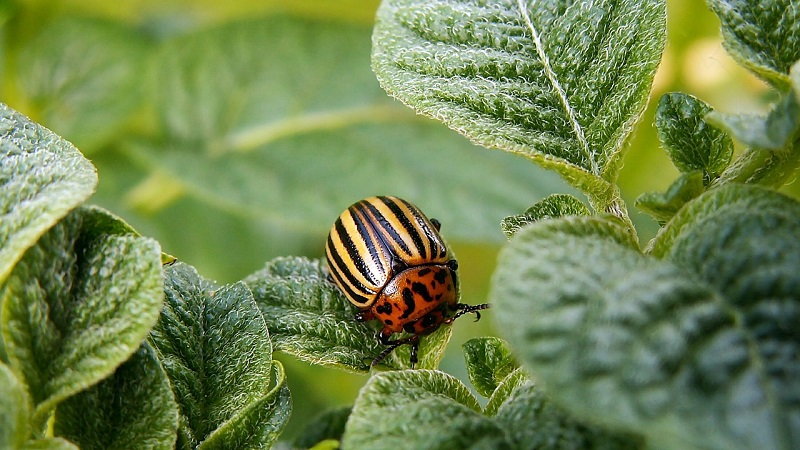 One thing that many people do not know about organic gardening is that plants that are grown naturally with ample nutrients are naturally resistant to pests. Additionally, when you plant your organic garden densely your desirable plants will naturally smother out weeds growth.
One thing that many people do not know about organic gardening is that plants that are grown naturally with ample nutrients are naturally resistant to pests. Additionally, when you plant your organic garden densely your desirable plants will naturally smother out weeds growth.
A well fed, well cared for organic garden is far less likely to experience problems with disease, pests and weeds then a garden that is fed with chemical fertiliser and drenched with chemical pesticides and weed killers.
When you plan your garden, there are a few steps you can take that will further add to its natural resistance to weeds, disease and pests. The first of these is diversity.
In commercial agriculture, the practice of planting a single crop over acres and acres of land actually encourages incursion by disease and pests. Single crops (mono-crops) do not develop their own resistance as effectively as crops that are planted diversely.
In your own garden, mix it up! Make good use of companion planting and alternate rows of crops to baffle both insects and diseases.
You can further add to the diversity of your garden by introducing beneficial fauna such as ladybugs, praying mantises and beneficial nematodes. All of these and more act to keep unwanted pests such as aphids, caterpillars, soil fungus and the like under control.
Even with a very healthy and vigorous organic garden, you may occasionally see some pests amongst your plants. Be sure to give your garden a visual inspection every day and pick off unwanted intruders by hand.
In the case of very tiny trespassers such as aphids, you can often get them under control by simply cutting off affected parts of the plant or giving them a strong spraying with the garden hose.
The key to manually controlling unwanted pests is to examine your garden frequently and attend to the problem the moment you notice it.
What about “all-natural” pesticides?
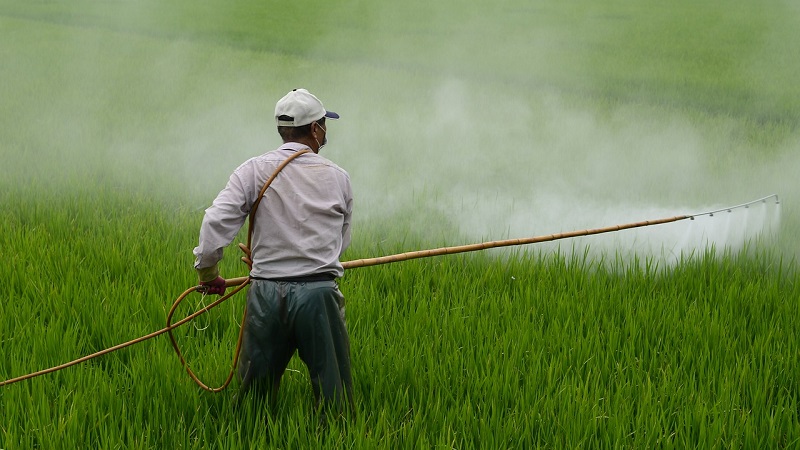 It is possible to create a wide variety of all-natural treatments to deter unwanted insects in your garden. Keep in mind that these natural products do not discriminate between wanted and unwanted insects any more than chemical pesticides do.
It is possible to create a wide variety of all-natural treatments to deter unwanted insects in your garden. Keep in mind that these natural products do not discriminate between wanted and unwanted insects any more than chemical pesticides do.
If you spray any product wholesale over your garden, it will affect all insect life. For this reason, using any type of insecticide broadly is undesirable. You may kill off the insects you don’t want, but you will also kill off your praying mantises, ladybugs, bees, butterflies and other beneficial fauna.
These concepts also hold for weeds. With your raised bed garden well-established and plants densely planted, weeds will have little opportunity to take a foothold.
Still, the errant weed will find its way through the surface of your well mulched garden from time to time. When this happens, simply remove it. Be very careful to remove all of the root so that the intruder will not simply grow back.
In conclusion
Organic gardening is an excellent way to get in touch with the land, grow healthy fruits and veggies for yourself, your family and friends and express your creativity. When you plan your garden well, prepare it carefully, select your plants skillfully and control unwanted pests and weeds effectively you can look forward to a bounteous harvest year after year.
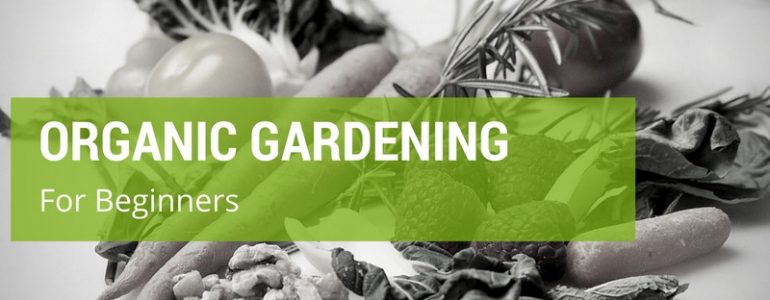





Hey Jack – Great information and post! We’ve done organic gardening around here and are very happy with the results. Tomatoes are my favorite!